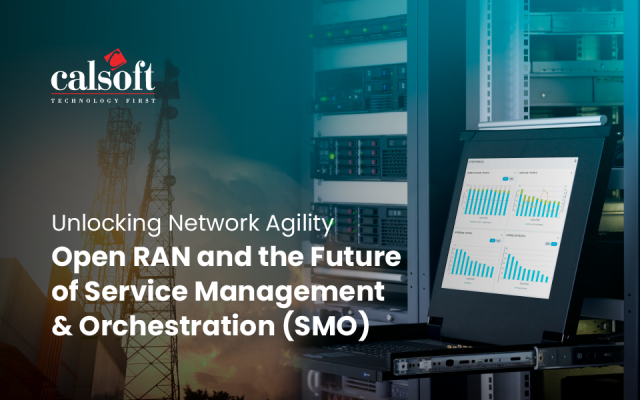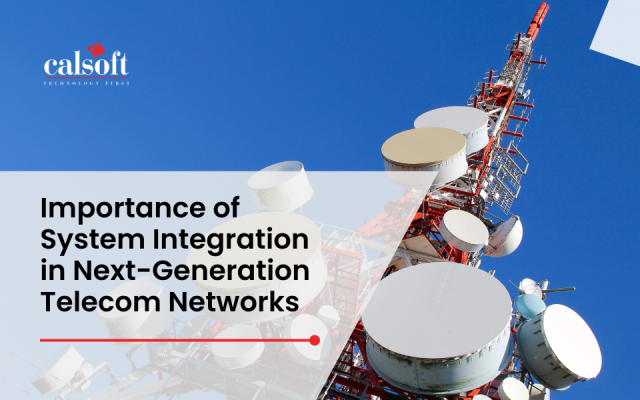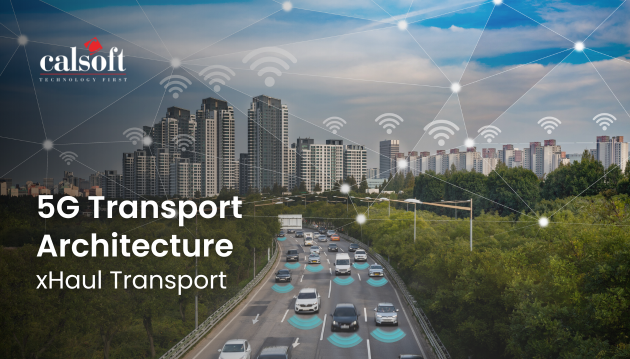What SDN means:
What does software defined networking mean…..? How it is different than the traditional networks.
In SDN network the packets are free from the traditional rules and topology and constrictions, a packet can do whatever is best for them in a programmatic way, that means its software defined, because basically the network is working like an application.
Essentially what SDN is, it’s about moving the intelligence of the network – the core network or routers and centralize that in a controller which can then be virtualized. So we think about how we build our networks today, that essentially have not really changed over the last 20 years. We got switches, we got routers, we got firewalls and we use these network elements to manager the traffic control within the network and each one of those network element has certain amount of intelligence built into the hardware. The idea of SDN is that we take the intelligence from this hardware and move higher up in the network, essentially the routers within the network that then become just simple devices that will forward traffic. But this concept of separating the intelligence from the hardware device of the network is quite common, if we look at data networks today.
The vital question is asked WHY?? Why is this important?
So earlier in the 80s and 90s it was all about file transfer and everyone was worry about how fast can I transfer that file from one computer to another. And then in the 90s then we were introduced a lot more services and everyone familiar with music services so people start listen to music over the Internet, start web browsing in a number of different web browsers and then over the last kind of 8 years or so we start seeing services like Facebook, YouTube, Netflix become online. So essentially what happened is the network has become more complex with the meant of different type of services are being offered to the users. It not just how fast can I transfer a file or it’s how good my connection is to streaming my favourite movie or my favourite football game from the network, now the users can connect to a network using any device like smartphones – updating Facebook account – watching YouTube videos – and so on and also what happening is we are uploading on to the network. So everyone is sharing photos and homemade videos and so on, before if we go back 10-15 years was all but the download, now it’s all about the download and uploads in real time. And this word real time- that is all SDN brings in and brings the ability to manage your network in real time.
So Software Define Networking was created in response to demands from large data centers, who found problems cupping with very unpredictable traffic patterns. These traffic patterns would cause a very high demand for particular resources that they couldn’t meet with the existing network infrastructure. In this scenario, I want to be able to change how my network handles traffics in real time in such a way that it can cope with those peaks, and channel the resources to meet the appropriate demand & the second part is, well if I am an operator I want to reduce my OPEX & CAPEX. And that is what SDN does. .
It’s a programmatic method where the customer can alter the network to their own business rules, to meet those peaks and demands at a very very short notice. There has been a lot of hype about Software Define Networking, and there is lot of interest in it from all sorts of customers, but the reality is that it’s really only suited for large data centers, or customers who have to have this rapid reconfiguration of their network.
To know more email: marketing@calsoftinc.com






